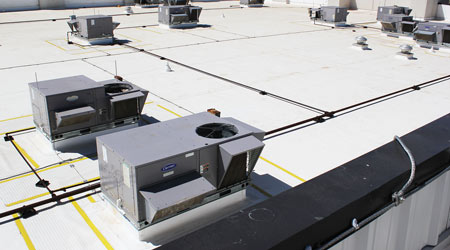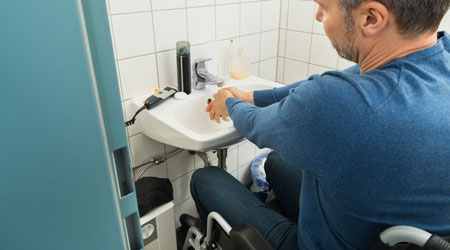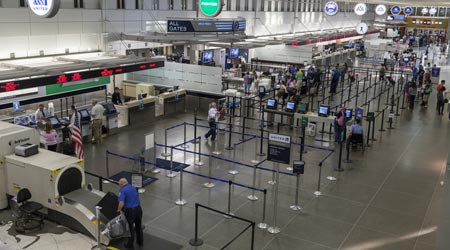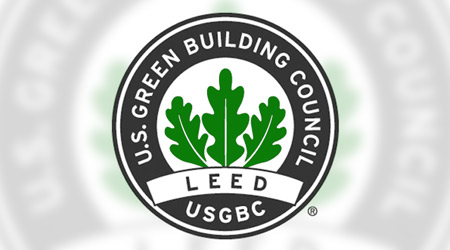
The Importance Of Keeping A Roof Clean
May 17, 2016
Commercial roofing systems are major, long-term investments. Implementing these best practices can help facility owners achieve the maximum return, including a longer roofing system lifespan, fewer repairs, optimal performance, and fewer roof-related headaches.
One easy-to-overlook best practice is keeping the roof clean. A clean roof not only looks better, it also performs better and will last longer.
Debris should be removed from the roof surface — particularly from the areas around drains — to prevent clogs and the accumulation of ponding water that can damage the roofing material and overload the roof surface.
Exposure to chemical and petroleum products — including acids, chemicals, solvents, greases, oils, and petroleum-containing liquids — can cause roofing membranes to split, crack, and swell. Air conditioner compressors and kitchen vents are common troublemakers. Compressors should be properly maintained to help prevent oil leaks, and care should be taken during servicing to avoid spills. Kitchen wastes and other animal fats should not be exhausted directly onto EPDM or self-adhering modified bitumen membranes. If incidental exposure is likely, the membrane manufacturer can recommend appropriate protective measures. TPO and PVC systems may be used on restaurants, but the membrane must be cleaned periodically to remove accumulated grease.
All white membranes should be cleaned with detergent and water once every two years; handprints, footprints, and the build-up of industrial pollutants and environmental dirt reduce the membrane’s reflectivity and hamper its energy-saving performance. Choose a detergent, such as trisodium phosphate (TSP), that will not leave a “film” that could inhibit seaming or patching. A polypropylene scouring pad can be used with the detergent to remove stubborn deposits.
Another way to maximize the investment in a roof is to become a roof detective if a leak occurs. Doing a little detective work before calling the roofing contractor can streamline the repair process.
Check for obvious causes of the leak, such as clogged roof drains, broken skylights, loose counterflashings, broken water pipes, and storm damage. Be sure to examine rooftop equipment; the root cause of many roof leaks is an HVAC unit or other piece of equipment that is no longer waterproof.
Note the conditions under which the leak happens — such as heavy or light rain, wind direction, and time of day. Observe whether the leak stops with the rain or continues after the rainfall has ceased. These can be valuable clues in tracking leaks.
This Quick Read comes from Kate Baumann, director of marketing and procurement for Mule-Hide Products Co., a manufacturer and marketer of premium-quality, high-performance roofing products and systems.
Read more about preventing rooftop problems by focusing on traditional trouble spots.
Next
Read next on FacilitiesNet












